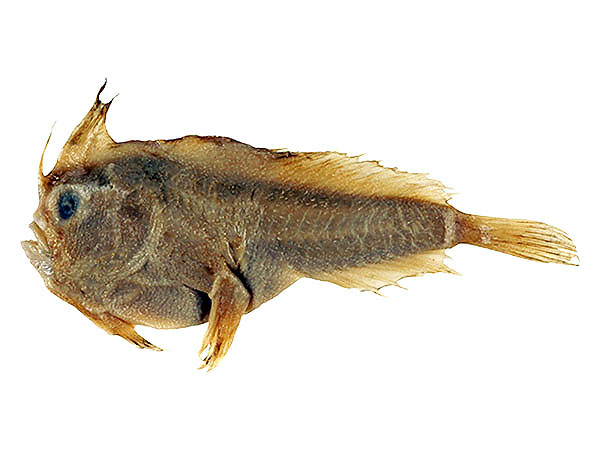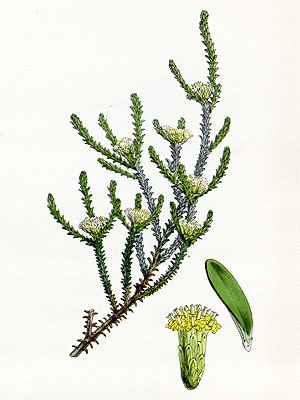Smooth Handfish (Sympterichthys unipennis)
The Smooth Handfish, described in 1817, is known from a single specimen (see photo below) that was collected in 1802 (see photo below); it was restricted to a very small area in the D’Entrecasteaux Channel offshore southern Tasmania, Australia.
The species is only about 4.4 cm long; it is strongly compressed and has rough skin without warty protuberances; it is reddish brown, marbled with darker brown.
The Smooth Handfish very likely fell victim to the intensive scallop- and oyster harvesting that went on in the area between the 19th and mid-20th centuries, which dredged every part of the channel, resulting in the destruction of the species’ habitat.
The species was declared extinct in 2020; yet there is still some hope that a small population may have survived somewhere around southern Tasmania.
***
syn. Chironectes unipennis Cuvier
*********************

https://creativecommons.org/licenses/by-nc/3.0/au/deed.en
*********************
edited: 22.02.2024

